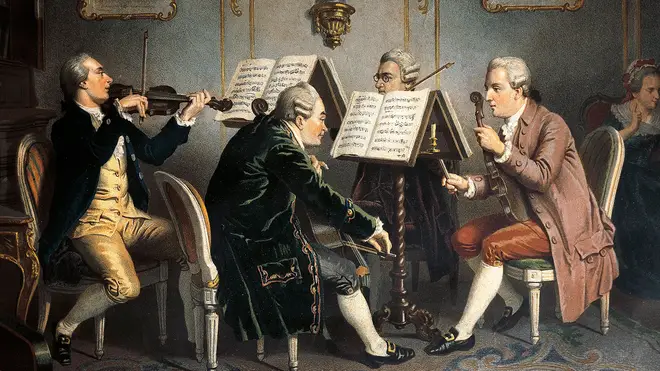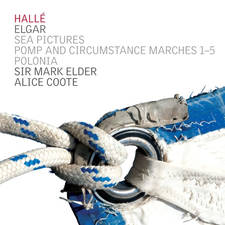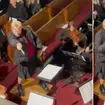A beginner’s guide to Classical era music
10 May 2021, 17:20 | Updated: 10 May 2021, 17:54

As the Classical period took over in the mid-1700s and the Baroque era was winding down, a few defining characteristics emerged.
Where the music of the Baroque period was ordered, efficient and complex, the new sound of the Classical period tended to focus on simplifying things a little bit, but also making them bigger. Confused? Let our guide show you which pieces to listen to.
What was the ‘sound’ of the Classical period?
On a purely musical level, there was simply more to hum along to in the Classical period. Melodies and plain-old good tunes took over from complex polyphony (everything playing at once), and composers like Haydn and Mozart flourished because they were so good at writing them.
Just think about how many Mozart tunes you know without realising it – it’s all down to the melody. What about Eine Kleine Nachtmusik?
Read more: 10 of the best Classical era composers

Mozart: Eine kleine Nachtmusik: McGill Symphony Orchestra Montreal conducted by Alexis Hauser
It’s a classic tune from the Classical period. Listen to how the melody sits perfectly on top of the lower strings – it’s eminently hummable. When it comes down to it, that’s what defined the period’s sound. It was the first time when melody really became the most important thing to get right.
Which instruments were used in the Classical period?
The instruments of the Classical period were constantly changing and evolving as various bright sparks came up with handy innovations and revolutionary ideas, but there are two main developments that we can point to – first, the piano.
Read more: A standard piano has 88 keys. But why?
Previously, the harpsichord’s twangy sound was all over the place in the Baroque period, but it gradually became replaced by the piano because of its ability to play much more softly and subtly than the harpsichord.
The second major development in sound in the Classical period was the expansion of the orchestra. In the Baroque period you could expect modest strings-only orchestras with occasional woodwind accompaniment and a harpsichord. But as woodwind instruments like the clarinet, flute, horns and oboe got better and more versatile, they managed to bag their very own section in a standard orchestra.
Read more: Why are orchestras arranged the way they are?
And with huge numbers of symphonies now being composed, the orchestra started to resemble the orchestras we see in concert halls today. Other developments included the emergence of the string quartet (Haydn was the real pioneer here), but the real meat was coming from the orchestra. Have a listen:

Mozart: Symphony No. 40 / Rattle · Berliner Philharmoniker
What piece styles emerged in the Classical period?
The sound and the instruments are nothing without the actual pieces of music. Fortunately, the Classical period saw the number of different types of pieces expand massively, so you start to get more symphonies, concertos, solo instrumental pieces and even operas.
Haydn, Mozart, Beethoven, Rossini, Paganini and more all wrote stunning works that were symptomatic of the time, but it was Beethoven who really stretched the Classical mould and laid the groundwork for the period that followed – the Romantic.
His symphonies especially grew to mammoth proportions (the ninth needs a full orchestra and a huge choir) and were often deeply emotional or political affairs.
Read more: 10 of the best Romantic composers in classical music history

Socially-distanced Beethoven from Geneva
All manner of smaller works were composed too, so look out for extensive piano sonatas from Mozart and Beethoven and some cracking, witty string quartets from Haydn. King of opera would have to be either Mozart or Rossini (check out his overtures for a good starting point).
Read more: Rossini’s opera overtures – a guide
Basically, when it comes down to it, the Classical period is the sound of delicate order gradually being taken over by emotion and indulgence. As time went on and musical experiments started to succeed, the sound got more and more Romantic – leading perfectly into the Romantic period that followed.






















